The arrival of Breaking Dawn, the newest restaurant on the Los Gatos dining scene, is the perfect occasion for a story about its historic home.
The Renaissance Revival building that Breaking Dawn now occupies on W. Main St. was designed and built for The First National Bank of Los Gatos in 1920 to replace a rental property which they occupied on the same site. It was situated across the railroad tracks (now a parking lot) from the Bank of Los Gatos, the other major bank in town. In fact, this section of West Main St. was known as the “Banking Corner” for nearly 75 years.
Renaissance Revival architecture, which featured a symmetrical facade with imposing masonry walls highlighted by cast stone details, was popular in the late 19th and early 20th centuries.
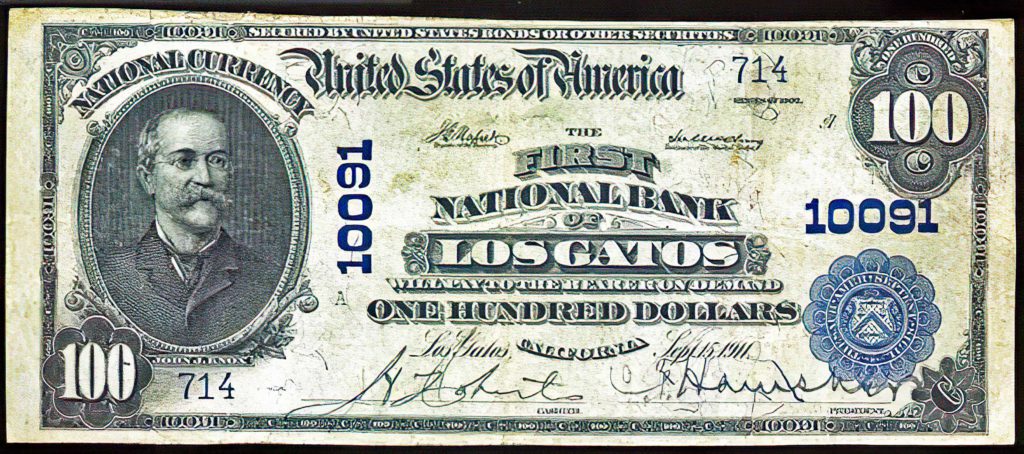
It was typically used for important commercial buildings such as banks in order to project an image of strength and stability. Notable features include the large clock and the colorful, crescent-shaped, bas relief sculptures of California missions in alcoves over the windows.
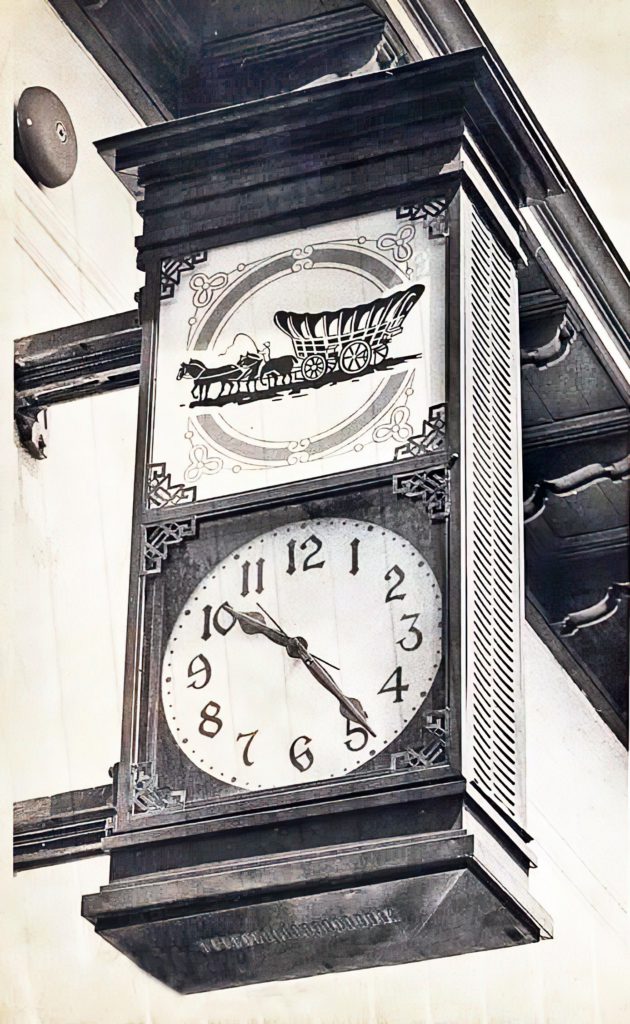
(Los Gatos Library and Museum History Project)
On October 9, 1920, more than 1,600 people turned out to celebrate the grand opening of the First National Bank’s new home. A native Hawaiian orchestra provided the entertainment. The bank’s president, Clarence Hamsher, used the occasion to show off his new office, which was enclosed in custom made moveable glass panels. The impressive interior of the bank also featured a tin ceiling and customized brass fixtures. Everyone in attendance received free tickets to the Strand Movie Theater. Women were given mirrors, children received bonbons, and cigars went to the men.
One of Hamsher’s responsibilities as President was to approve and sign the bank’s paper currency. Until the Federal Reserve Act of 1935, in which the U.S. Government took control of all currency, it was common practice for local banks to print their own banknotes which were specific legal obligations of the issuing bank.
The First National Bank instituted an innovative “school saving system” at the grammar school. At the beginning of each school year, an official Bank Coordinator visited the school to introduce the program.
A letter was sent to parents about the opportunity for their children to “learn a good savings habit,” and to become better informed in managing their own finances at an early age. Children deposited nickels and dimes into their bank accounts, complete with passbooks.
Comic books were also issued on Fridays illustrating the virtues of saving money.
First National was a popular local bank for many years. In 1954, the bank was purchased by American Trust Company and became its Los Gatos branch. American Trust, which was one of the oldest banks in the West, soon merged with Wells Fargo and moved up the street to its new home on N. Santa Cruz Ave. After the bank building was vacated, it was repurposed for retail and then restaurant use.
Although the “Banking Corner” is long gone, the two stately bank buildings remain. They’re vital components of the downtown historic commercial district which was added to the National Register of Historic Places in 1991.
Alan Feinberg is a Los Gatos historian and founder of the LOST Gatos Project. Its mission is to generate enthusiasm among Los Gatos residents for remembering and preserving our town’s unique character and historic treasures before they are lost forever.


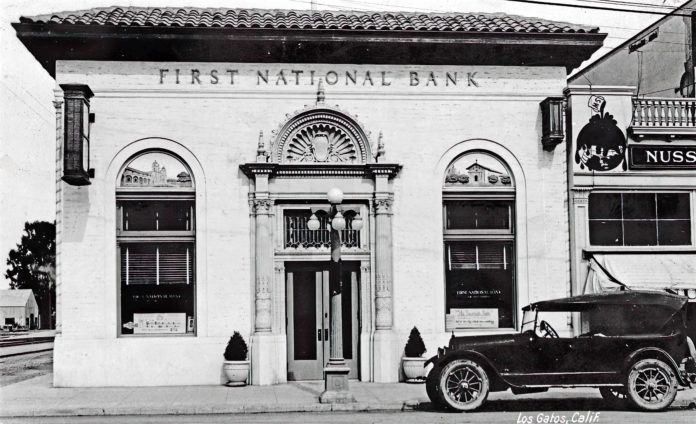
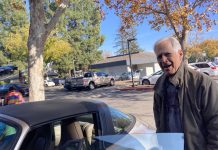

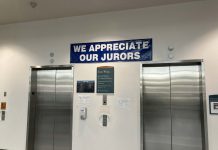





Really enjoyed reading about the history of the First National Bank building—it’s fascinating to see how these architectural landmarks evolve over time and remain part of a community’s identity. It also got me thinking about how banking has changed so much, not just in architecture but in service. If you’re dealing with modern banking issues, checking out customer feedback like https://fifth-third-bank.pissedconsumer.com/customer-service.html can be really useful. It helps put things in perspective when comparing today’s banks to the trust and presence older institutions like First National once represented.